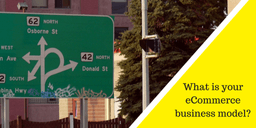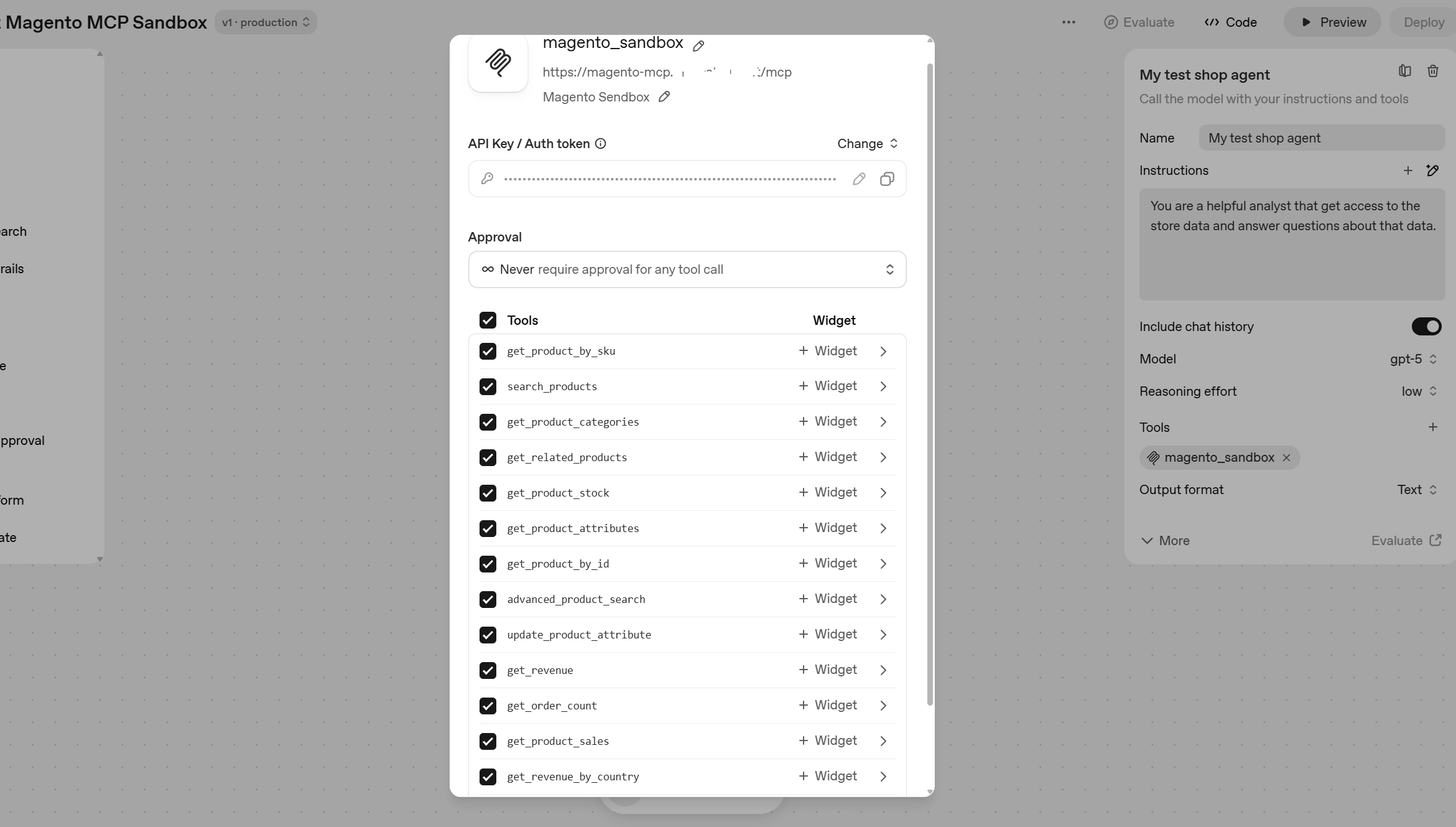
3 modes of eCommerce businesses
According Alistair and another guy he quotes Kevin Hillstrom, all eCommerce businesses belong to one of three models (he uses term ‘mode’) depends on relationship with buyers, more precisely how often do they purchase from a business.
Acquisition mode
If you are running a wedding store most of the customers will buy from you probably only once per lifetime, no matter how hard you try to earn their loyalty. This is an extreme example, according to “Lean Analytics” definition, if less than 40% of your last year’s customers buy from you this year you are in acquisition mode. The majority, 70% of eCommerce businesses are in this category, at least once they are mature.
Loyalty mode
On the other hand if more than 60% of your last year’s buyers purchase from you this year, your business is in loyalty mode. Typical example of such business is a grocery store. Just 10% of eCommerce businesses fall into loyalty mode category.
Hybrid mode
What about the rest, stores that have between 40 and 60% of repeat purchases year to year (20% share)? They are classified as being in hybrid mode. An example of hybrid model eCommerce company is Zappos. As you may guess from the name they are in-between and have a luxury (or curse, depends on point of view) to deal with both loyalty and acquisition sides.
Kevin Hillstrom says that it is almost impossible to move annual repurchase mode by more than 10%, so realistically if you’ve discovered your business in one of the modes listed, most probably you’ll stay there. There is nothing wrong or bad with that, but you should take into account your mode planning your business activity.
Customer loyalty, relationship management are kind of buzzwords for quite a long time, but let’s be honest, it doesn’t work for every business. Most of the people buy only one (if not zero) pair of sunglasses every year, so it is extremely hard to force them buy more, therefore for sunglasses store it’s better to concentrate the efforts on something else than loyalty and get better return on investments, for example encourage customers to refer your store to their friends.
All that good, but what exactly should I do with this knowledge of my eCommerce Business mode?
Every organisation, even the biggest multinational has limited resources: time, money, human and share of management attention. There for it is hardly possible to pursue take equal care of too many initiatives and you need to select your priorities. The very brief recommendations of where to focus from “Lean Analytics” presented below.
Acquisition Mode
Focus on low acquisition cost, high checkout, getting referrals
Loyalty mode
Focus on loyalty, selection, inventory size
Hybrid mode
Focus on increasing return rate, market share
In our future articles we’ll probably return to this topic and elaborate it in more details. Meanwhile you may check the presentation from Slideshare embedded below. Stay tuned, follow us on Twitter, LinkedIn, G+ and subscribe to our newsletter!
Image credits: this article uses custom designed image in header where we’ve used original photo by Jody McIntyre (CC licence)





